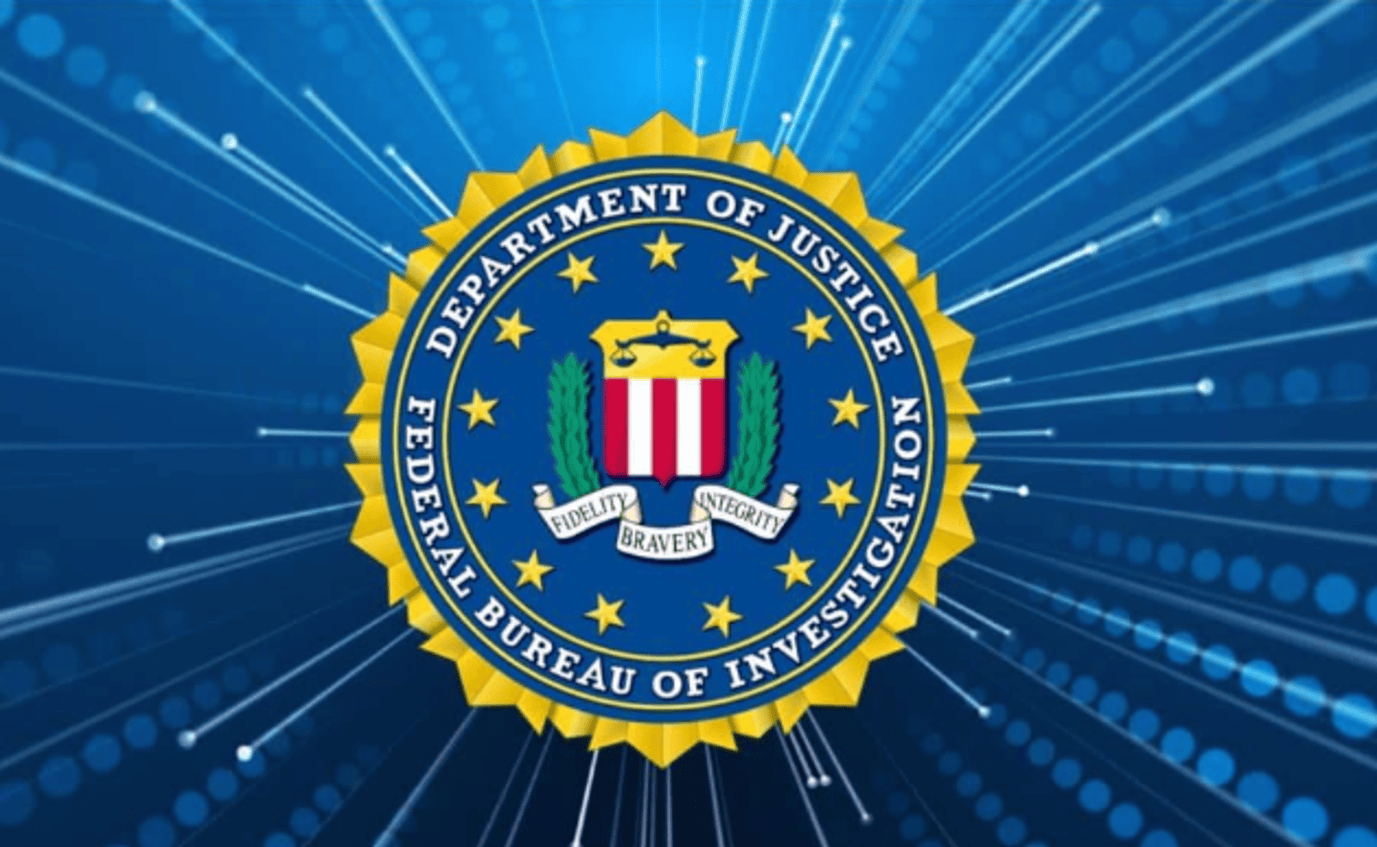Introduction
The Federal Bureau of Investigation (FBI) has issued a warning to technology companies, alerting them about a rising wave of fraudulent subpoenas and emergency data requests (EDRs) used by hackers to gain unauthorized access to sensitive data. These forged subpoenas are increasingly being used by malicious actors to exploit trust in law enforcement and government communications, targeting both public and private organizations. As cyber threats continue to grow in sophistication, the FBI’s alert underscores the urgent need for enhanced vigilance and security protocols to protect against this emerging risk.
The Growing Threat of Forged Subpoenas
The FBI has reported that cybercriminals and nation-state actors are now forging official-looking subpoenas and EDRs to impersonate law enforcement or government officials in order to access sensitive data, typically in real time. These fraudulent requests are often designed to appear urgent, providing a sense of legitimacy to bypass security checks.
Key elements of the forged subpoenas include:
- Impersonating Law Enforcement: Hackers are using official-looking email addresses and communication formats that mimic legitimate government or law enforcement agencies to deceive tech companies into complying with the request.
- Emergency Data Requests (EDRs): The forged subpoenas often use language that demands immediate action, such as “emergency” or “urgent,” pressuring tech companies to act quickly without verifying the legitimacy of the request.
- Targeting Sensitive Information: The forged subpoenas typically request real-time data access, such as communications, customer details, or logs from digital services, often targeting high-value targets like government officials, corporate executives, and law enforcement personnel.
- Manipulating Trust in Legal Process: By using forged legal documents, hackers exploit the legal obligation that companies feel to comply with subpoenas, leveraging this to gather information without triggering red flags.
Recent FBI Alert and Industry Response
The FBI’s alert specifically warns that these forged subpoenas have become more prevalent in recent months, particularly targeting cloud service providers, social media platforms, and telecom companies. The bureau is urging companies to validate all legal requests—even those that appear to come from trusted authorities—before disclosing any sensitive data.
Some critical steps recommended by the FBI include:
- Verification Protocols: Tech companies are being urged to implement strict verification procedures to cross-check the authenticity of subpoena requests. This could involve contacting the issuing agency directly using known and trusted contact details, rather than relying on contact information provided in the subpoena itself.
- Employee Training: The FBI has emphasized the importance of training employees on how to recognize potential forged subpoenas and suspicious emergency requests. This includes educating staff about the common tactics used by hackers to mimic legitimate law enforcement communications.
- Enhanced Security Measures: Companies are also encouraged to strengthen their email security protocols, such as using multi-factor authentication (MFA), secure email gateways, and advanced anti-phishing measures to detect and block fraudulent emails.
- Engagement with Law Enforcement: The FBI advises companies to report any incidents involving fraudulent subpoenas or EDRs to local law enforcement or the FBI’s Cyber Division as part of a coordinated effort to track and dismantle these criminal networks.
How Hackers Exploit Subpoenas for Data Theft
Hackers and cybercriminals use forged subpoenas for a variety of malicious purposes, including:
- Corporate Espionage: Criminals may attempt to steal trade secrets, intellectual property, or other sensitive corporate data by leveraging forged subpoenas to gain access to private communications or business records.
- Targeting High-Profile Individuals: Forged subpoenas can be used to gather personal information or surveillance data on high-value targets, such as government officials, judges, and law enforcement officers, enabling hackers to gain leverage for blackmail or other criminal activities.
- Exfiltrating Personal Data: Malicious actors may use forged subpoenas to request private information about individuals, including personal identification or financial records, to conduct identity theft, fraud, or phishing attacks.
- Espionage and Nation-State Actors: Nation-state hackers may use forged subpoenas to steal intelligence or disrupt the operations of foreign governments or agencies, which could undermine national security or diplomatic relations.
Increased Vulnerability During the Digital Transformation
The rise in forged subpoenas is part of a broader trend in which cybercriminals are exploiting the digital transformation of government and business operations. As organizations increasingly rely on cloud computing, big data, and digital platforms, they are becoming more vulnerable to targeted attacks that exploit these new digital touchpoints.
The use of forged subpoenas represents a shift in hacker tactics, where traditional methods of attack (like phishing or malware) are combined with the legal complexities of data access and privacy. This makes it harder for companies to distinguish between legitimate and fraudulent requests, especially when the forged documents are made to look authentic and carry the weight of law.
Moreover, with the expansion of digital services and increased adoption of cloud-based technologies, many tech companies now hold vast amounts of personal and corporate data that could be of significant value to cybercriminals. As a result, the risks associated with these types of attacks are likely to escalate as more sensitive information becomes digitized and interconnected across platforms.
Conclusion
The FBI’s warning about forged subpoenas and emergency data requests (EDRs) serves as a reminder of the growing sophistication of cyber threats and the need for robust verification systems in the digital age. As hackers continue to refine their tactics to exploit trust in legal and government communications, tech companies must take proactive steps to secure their data access points and protect sensitive information.
Technology providers, cloud services, and government agencies alike must collaborate to develop a unified approach to detecting, preventing, and responding to these types of fraudulent legal requests. Multi-layered security, employee awareness, and collaboration with law enforcement will be key in mitigating the risks of this new breed of cyber attack.
As cybercriminals become increasingly creative in their methods, vigilance and preparedness will be the best defenses against these evolving threats.



